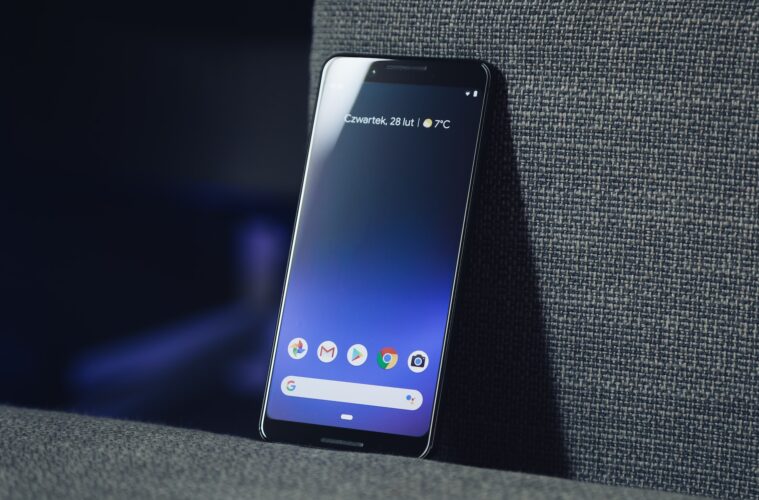Travelling overseas can be one of the most enriching experiences of your life, helping you grow and develop in ways you never imagined possible. While planning a vacation or a business trip, your number one concern is how you’ll keep in touch with family, friends, co-workers, partners, clients, and so on. Being away can be hard, even if you’re having a blast.
If you want a seamless way to communicate, there are various apps and websites to stay connected, but they use roaming data to send and receive messages. If you’re concerned about data usage, don’t fret because there are ways to reduce your mobile data usage.
How Much Mobile Data Do You Actually Need?
The amount of mobile data you’ll need depends on how you use the Internet and how long your trip is. On average, smartphone users use 3GB of data, so understand if your usage falls below or above the threshold to prepare for travelling abroad. Unexpected roaming fees can be a nightmare. If you have an eSIM for USA, for example, you can easily check how much data you have left and how long before your plan expires. Smartphones also monitor data usage, so you can see how much each individual app uses. As you check the stats, you’ll undoubtedly notice some apps are bigger data users than others.
Web browsing doesn’t use much data, meaning a normal page is less than 3MB in size and will download almost instantaneously. Nevertheless, the amount of mobile data consumed depends on the site being accessed, the type of content being viewed, and the browser being used.
If you’re browsing news websites or blogs, there’s no reason to worry. On the other hand, if you scroll through social media, you can expect to use a lot of mobile data. Take the next couple of days to investigate, and if necessary, reduce data-heavy smartphone activity while still using your device as normal.
Ways To Burn Far Less Data on Your Smartphone
When you’re at home, you can access the web and social media platforms without much difficulty, a comfort you’ll be missing while on the go. So, what’s the point of having apps that let you hail a cab, order food, translate languages, and navigate between locations if you can’t get online? Mobile data can add up, especially if you travel, so prepare for your future trip. Here are a few suggestions on what to do to avoid overusing smartphone data and stay connected when it matters the most.
Get An eSIM Card
It can work out cheaper to get an eSIM card that’s local to the country you’re visiting. In case you didn’t already know, you can activate Google Fi eSIM on Google Pixel 2 and up devices to get the best cellular and data coverage wherever you are in the world. You can use Google Maps to navigate the city, listen to a downloaded audio guide from a museum, and use Google Translate to speak the local lingo.
The eSIM card is better value than roaming. You’ll want to deactivate your SIM to ensure you’re not charged for using your phone outside your home country. The most foolproof way is to remove your SIM card from your smartphone.
Of course, you’ll need to do some research as regards data speeds and limits and know how long your eSIM will be valid for. In other words, you must put in some time and effort to check out the available options. You pay for the data you purchase upfront, choosing a plan that best suits your needs and allows you to switch plans as you travel. If you’re embarking on a global adventure, chances are you’ll need an eSIM plan to keep you connected for more than a month. Some eSIMs activate automatically upon installation.
Use Opera Mini as Your Default Browser
A speedy web browser like Opera Mini lets you save mobile data and find what you need quickly. Similar to Chrome, it sends data via its own servers to be compressed before downloading, and the trade-off of this approach is that it uses less bandwidth.
Opera Mini allows you to share photos, videos, and audio files without an Internet connection, which will save you megabytes; it creates a secure private network connection between devices by means of a WiFi connection. You can save data (and battery) by reducing the resolution of your images and videos.
Use Lightweight Versions of Apps
If your favourite app eats up mobile data, use its lightweight version. Liter versions were developed with fewer features and improved performance, so they’re a perfect choice if your smartphone has performance issues. As a rule, lightweight apps are mostly available for Android devices. Skype Lite, for instance, ensures all the important features of the app, but it’s designed to have a smaller memory footprint and low CPU usage. Depending on your device and region, you may be able to install it. You enjoy voice and video calls, text chats, and even SMS integration.
Google Go offers a faster way to search, with results optimised to save 40% of data. Indeed, it doesn’t have as many features as the original app, but you have the Google Discover feed, Google Lens, and Google Assistant. And let’s not forget that you can switch to Incognito Mode to keep your activity private. You don’t have to download apps separately on your smartphone because they’re divided into categories like entertainment, social media, banking, sports, and so forth. Therefore, you can make better use of your mobile data.
Concluding Thoughts
There are seemingly endless options for keeping in touch when you’re far away from home. If you take a lot of trips and tend to be glued to your smartphone, reducing your data usage can help avoid incurring extra fees. Wherever you go in this world, look for an eSIM card. Download the software from the provider of your choice instead of hunting around for a local SIM card.



